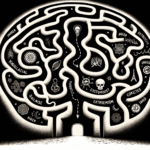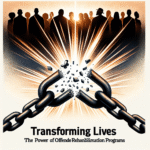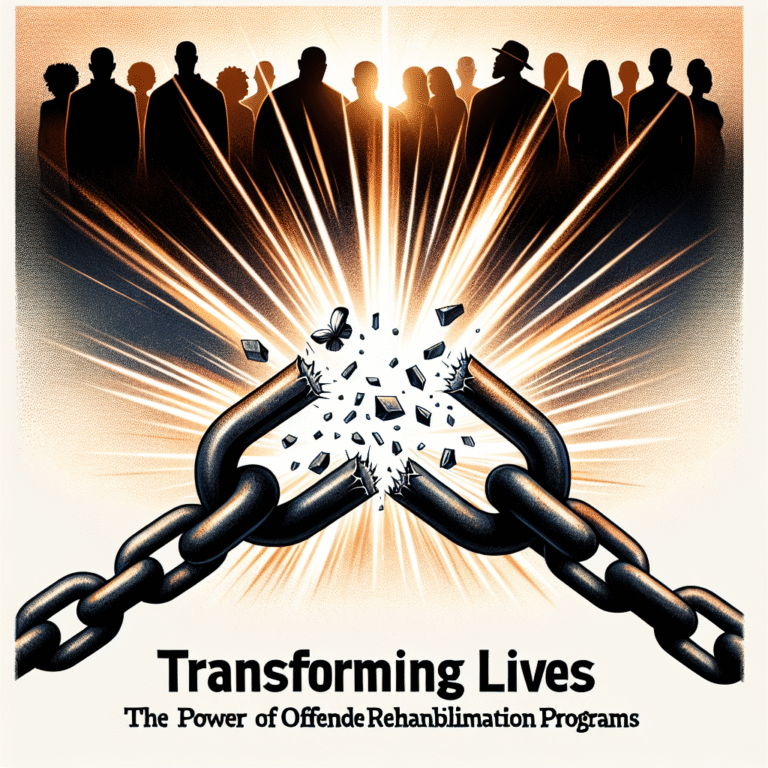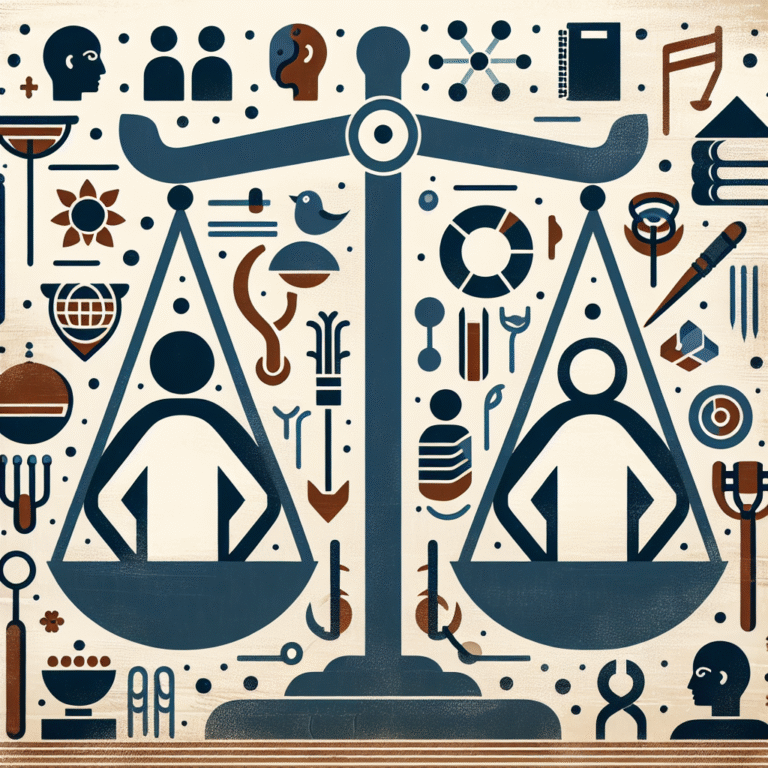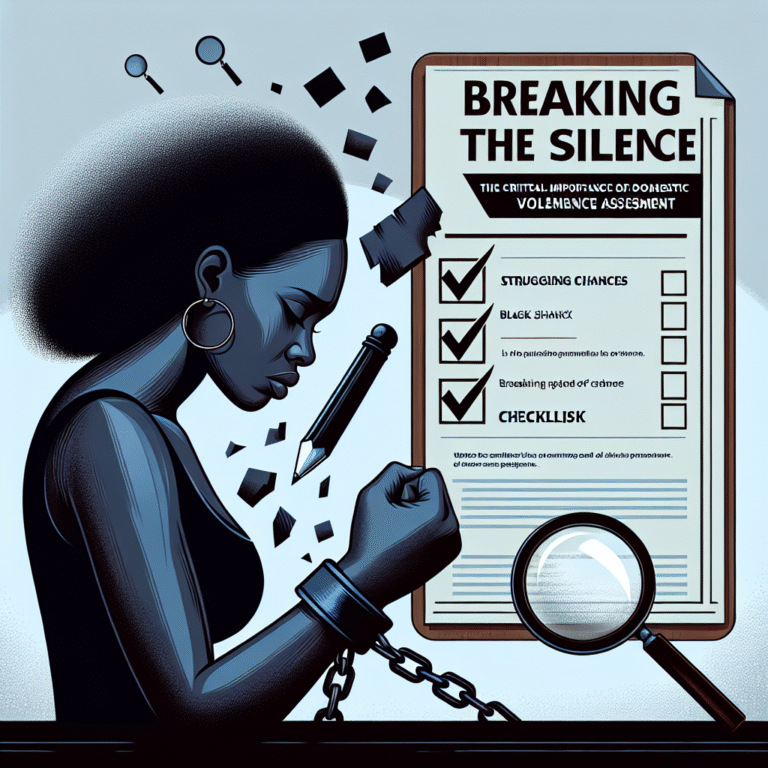
Introduction
Many young people find themselves swept up in a wave of poor decisions and circumstances beyond their control. Society often wants to label them as "delinquents" or "criminals," forgetting there’s more to their story. In this article, Beyond the Labels: The Stories of Rehabilitated Juvenile Offenders examines the transformative journeys of these individuals, showcasing their resilience, growth, and potential for future success.
By diving into their experiences, we challenge preconceived notions about juvenile offenders and explore the power of rehabilitation, personal growth, and second chances.
Understanding the Labels
The Stigmatization of Juvenile Offenders
Juvenile offenders are often branded with a label that shadows their identity. These labels not only stigmatize them but can also impact their future opportunities, making reintegration into society a monumental challenge. Understanding this stigma is crucial for advocating for more compassionate support systems.
The Role of Rehabilitation
Rehabilitation refers to the processes and programs in place to help young offenders reintegrate into society. However, not all rehabilitation programs are created equal. Some focus merely on punishment rather than understanding the complex issues behind the behavior.
Table 1: Stigmas vs. Realities
| Myth | Reality |
|---|---|
| Juveniles are irredeemable | Many are capable of change and growth |
| Rehabilitation fails | Effective programs foster positive outcomes |
| All offenders are the same | Each story is unique and multifaceted |
Real Stories of Transformation
Case Study 1: James’ Journey
Background
James was a 16-year-old who found himself in a juvenile detention center after a series of poor choices, including petty theft and drug use. Dealing with a tumultuous home life, he had become involved with the wrong crowd.
Rehabilitation Experience
James participated in a program focused on life skills education, mentorship, and counseling. His mentors helped him set realistic goals and cultivate self-esteem. After his release, he successfully reintegrated into society and enrolled in community college.
Analysis
James’ story underscores the significance of providing holistic support during rehabilitation. It illustrates that with the right guidance, young offenders can chart a new course in life.
Case Study 2: Maria’s Redemption
Background
Maria was arrested for drug possession at 15 years old. As a child of immigrants, the pressure to succeed was immense, leading her to escape into substance abuse.
Rehabilitation Experience
Maria entered a specialized program for young women that emphasized both personal and academic growth. Through therapy and peer support, she learned resilience and eventually became the first in her family to graduate from high school.
Analysis
Maria’s success story demonstrates that targeted, gender-responsive programs can lead to meaningful change. By focusing on her unique challenges, Maria not only rehabilitated herself but also became a role model for her younger siblings.
Case Study 3: Tyler’s Turning Point
Background
Tyler was involved in gang activities at age 14, which led to serious legal troubles. Growing up, he had little support and a sense of hopelessness, often believing that crime was his only option.
Rehabilitation Experience
Tyler was introduced to a youth leadership program while incarcerated. This program focused on life skills and building community connections. It taught him about responsibility, accountability, and the importance of making positive choices.
Analysis
Tyler’s transformation is a powerful reminder of how leadership programs can instill a sense of purpose. Such programs not only curb recidivism but also help in building community leaders.
The Impact of Effective Programs
Identifying Successful Rehabilitation Approaches
The success of rehabilitated juvenile offenders is often linked to specific program features. Here are some critical aspects that contribute to their effectiveness:
- Trauma-Informed Care: Recognizing the emotional and psychological baggage many young offenders carry is essential.
- Mentorship: Pairing youths with positive role models fosters accountability and support.
- Life Skills Training: Teaching practical skills provides adolescents with the tools they need for success post-rehabilitation.
- Community Engagement: Involving families and the community ensures a support network even after formal programs end.
Chart 1: Factors Contributing to Rehabilitation Success
| Factor | Importance |
|---|---|
| Trauma-Informed Care | Addresses root causes of behavior |
| Mentorship | Provides guidance and accountability |
| Life Skills Training | Equips with necessary life skills |
| Community Engagement | Creates a nurturing environment for success |
Moving Beyond Labels: Community Perspectives
The Role of Community in Rehabilitation
Communities play an essential role in shaping the narratives of rehabilitated juvenile offenders. By fostering an environment of acceptance, they can help these individuals move beyond their past labels and embrace their future potential.
Testimonials from Community Members
- Community Leader: “We have seen firsthand how mentorship can change lives. It’s critical that we invest in our youth.”
- Former Offender: “I owe my second chance to the people who believed in me when I didn’t believe in myself.”
Conclusion
The stories captured in Beyond the Labels: The Stories of Rehabilitated Juvenile Offenders illustrate the incredible capacity for change that exists within every individual, regardless of their past mistakes. The journeys of James, Maria, and Tyler exemplify how rehabilitation can not only restore lives but also enhance communities as a whole.
Through comprehensive support systems, dedicated mentors, and community engagement, we can redefine the narrative surrounding juvenile offenders. Let’s advocate for ongoing change, ensuring that these young individuals have the tools and resources they need to flourish.
FAQs
1. What does rehabilitation for juvenile offenders typically involve?
Rehabilitation often includes counseling, education, mentorship, and skills training tailored to the individual’s needs.
2. How effective are rehabilitation programs in preventing recidivism?
Studies show that effective rehabilitation programs can significantly reduce recidivism rates, especially those that are trauma-informed and community-oriented.
3. Can juvenile offenders truly turn their lives around?
Yes, many juvenile offenders can and do turn their lives around, especially when provided with the right support and opportunities.
4. What role does mentorship play in the rehabilitation process?
Mentorship is crucial as it provides guidance, motivation, and accountability, which can significantly influence positive behavior changes.
5. How can communities support rehabilitated juvenile offenders?
Communities can support these individuals by creating inclusive environments, providing resources, and offering mentorship opportunities.
